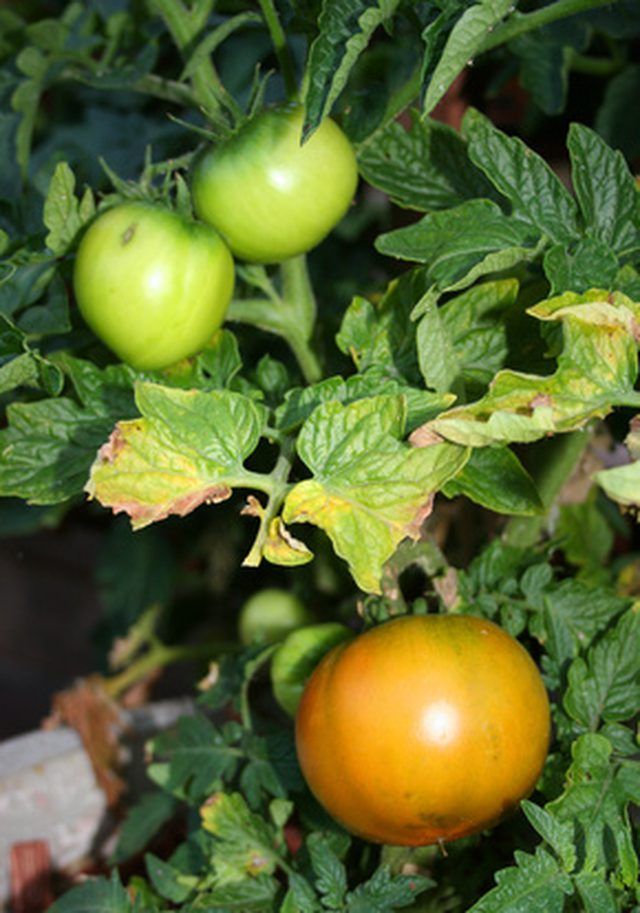Bulbs
Flower Basics
Flower Beds & Specialty Gardens
Flower Garden
Garden Furniture
Garden Gnomes
Garden Seeds
Garden Sheds
Garden Statues
Garden Tools & Supplies
Gardening Basics
Green & Organic
Groundcovers & Vines
Growing Annuals
Growing Basil
Growing Beans
Growing Berries
Growing Blueberries
Growing Cactus
Growing Corn
Growing Cotton
Growing Edibles
Growing Flowers
Growing Garlic
Growing Grapes
Growing Grass
Growing Herbs
Growing Jasmine
Growing Mint
Growing Mushrooms
Orchids
Growing Peanuts
Growing Perennials
Growing Plants
Growing Rosemary
Growing Roses
Growing Strawberries
Growing Sunflowers
Growing Thyme
Growing Tomatoes
Growing Tulips
Growing Vegetables
Herb Basics
Herb Garden
Indoor Growing
Landscaping Basics
Landscaping Patios
Landscaping Plants
Landscaping Shrubs
Landscaping Trees
Landscaping Walks & Pathways
Lawn Basics
Lawn Maintenance
Lawn Mowers
Lawn Ornaments
Lawn Planting
Lawn Tools
Outdoor Growing
Overall Landscape Planning
Pests, Weeds & Problems
Plant Basics
Rock Garden
Rose Garden
Shrubs
Soil
Specialty Gardens
Trees
Vegetable Garden
Yard Maintenance
What Causes Yellow Leaves With Black Spots on Tomato Plants?
What Causes Yellow Leaves With Black Spots on Tomato Plants?. Several types of fungal infections may cause the leaves of tomato plants to turn yellow and to acquire black spots. Selection of disease-resistant varieties of tomatoes and proper maintenance, including watering, may help avoid yellowed and spotted leaves.

Several types of fungal infections may cause the leaves of tomato plants to turn yellow and to acquire black spots. Selection of disease-resistant varieties of tomatoes and proper maintenance, including watering, may help avoid yellowed and spotted leaves.
Fungal Disease
Three common fungal diseases contribute to the development of yellow leaves and black spots on tomato plants. They are Fusarium wilt, early blight and Septoria leaf spot. Fusarium wilt causes older leaves to turn yellow and eventually turn black. Leaves then fall off. Early blight becomes more prevalent in hot summers and causes target-like black spots to develop, according to the Colorado State University Extension. Septoria leaf spot disease causes black spots with a white center to develop.
Maintenance
Once diseases like Septoria leaf spot and Fusarium wilt develop, plants are generally lost. Some basic maintenance tips help make tomato plants more resistant to fungal diseases. Water in the early morning at the base of the plant; rotate crops, planting tomatoes in a different location every three to four years; and avoid walking through wet foliage, suggests the Iowa State University. Treat infected plants with fungicides.
Resistant Plants
Horticulturists have developed plant varieties resistant to Fusarium wilt and other fungal diseases. Look for plant varieties labeled with VFN, VFNA and VFNT, suggests Colorado State University Extension. The lettered codes, the extension website explains, mean "the plants are resistant to Verticillium wilt (V), Fusarium wilt (F), southern root-knot nematode (N), early blight (A), or tobacco (tomato) mosaic virus (T)."